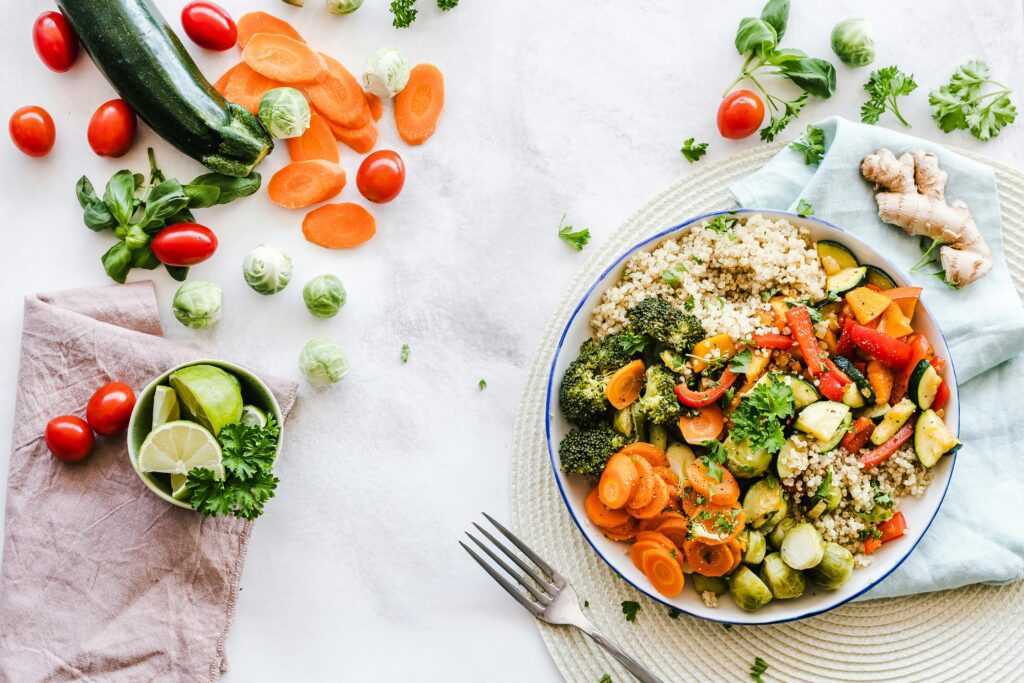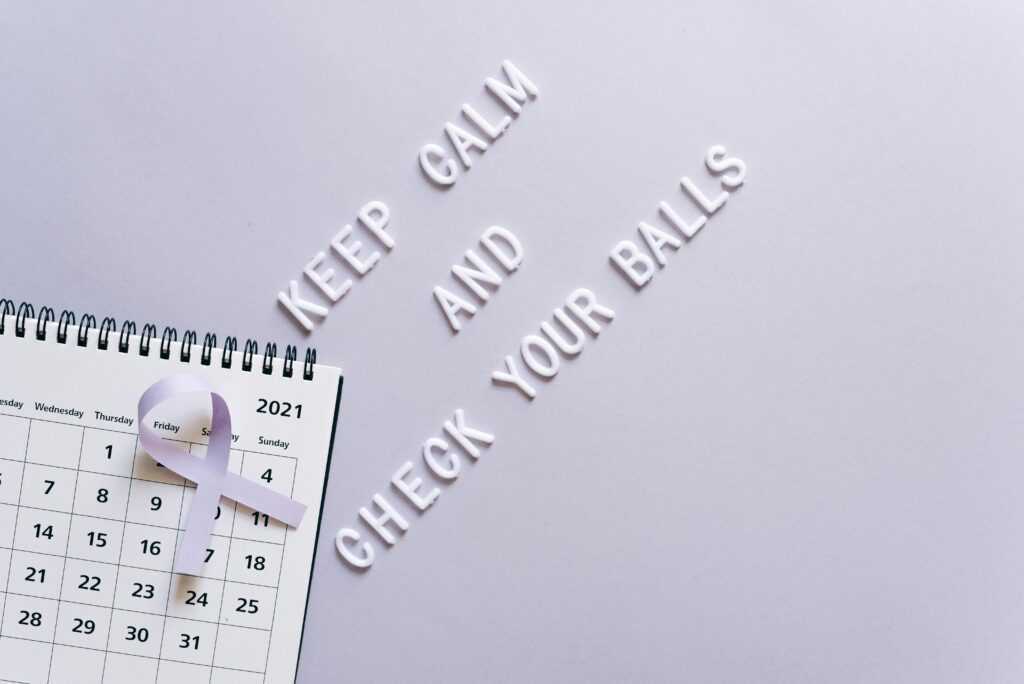People talk about “nutrition balance” like it’s some neat little plan. Like it’s easy. But most folks? They’re just trying to eat without crashing by 3 p.m. Some skip breakfast, others eat dinner in bed. No one has time to count vitamins. It’s chaos. And still, somehow, the body keeps going. Until it doesn’t.
Food? Or Background Noise?
Thing is, eating’s become something we do while doing something else. Emails, phone calls, scrolling, even opening tabs like online casino india real money while snacking. It’s all blended. You eat, but you don’t taste. You chew, but don’t feel full. It’s not hunger anymore—it’s habit. That’s where balance starts to slip.
What “Balanced” Looks Like
Balance doesn’t mean green smoothies and quinoa. It means eating things your body understands. It means not swinging from “only protein” to “only carbs.” It’s not a diet, just rhythm.
Here’s what actually helps:
- Eating at similar times each day
- Drinking more water than coffee (at least trying)
- Making meals with more than one color
- Adding fat without panicking
- Not skipping meals to “save calories”
- Not eating only because you’re bored
- Sleeping. No, really—bad sleep ruins good nutrition
Nutrients That Actually Do Stuff
People throw around buzzwords—macros, superfoods, detox. But the basics? Still the same. Your body needs carbs. Protein. Fats. Fiber. You know, real food.
- Carbs: Not your enemy. They keep you moving. Whole grains = yes.
- Protein: Muscles, brain, mood. Beans or meat, just get enough.
- Fat: For hormones, for skin, for your brain. Not optional.
- Fiber: Your gut’s favorite thing. From veggies. From fruit.
- Water: Without it? Nothing works right. Not even thinking.
What People Get Wrong
We’ve all been there. Juice cleanses. “No carbs after 6.” Banning bread. Drinking apple cider vinegar and hating life. Most of that? Marketing. Or guilt. Or both.
Things that look healthy but mess you up:
- Eating too “clean” and ending up malnourished
- Skipping meals and bingeing later
- Replacing food with caffeine
- Swapping dinner for protein bars
- Thinking supplements can replace food
- Following diets made for someone else’s body
- Never checking how you actually feel after eating
Balance in a Messy World
Real talk? People are busy. They eat in cars, at desks, standing up. Cooking feels like a luxury. So balance has to fit into that. A sandwich with greens is better than skipping lunch. Frozen veggies still count. Cereal for dinner isn’t a failure—it’s a signal.
Tips that don’t require changing your entire life:
- Cook once, eat twice
- Carry snacks you like, not just “healthy” ones
- Don’t fear carbs—they’re not out to get you
- Eat before you’re starving
- If you’re full, stop—even if it tastes amazing
- Be gentle with yourself on tired days
Why It’s So Personal
Everyone eats. But no one eats exactly like you. Culture, hormones, work, sleep, money—it all plays a part. Your version of balanced won’t look like someone else’s, and that’s not just okay, it’s right.
Maybe your body runs better with breakfast. Maybe it likes small meals. Maybe rice makes you feel strong, not heavy. That matters more than macros.
Listening Instead of Tracking
The best food journal isn’t an app. It’s noticing. Did you crash after that lunch? Did dinner feel like comfort or punishment? Were you actually hungry—or just lonely? These questions teach more than any meal plan ever could.
And no, you don’t need to be perfect. You just need to feel… steady.




